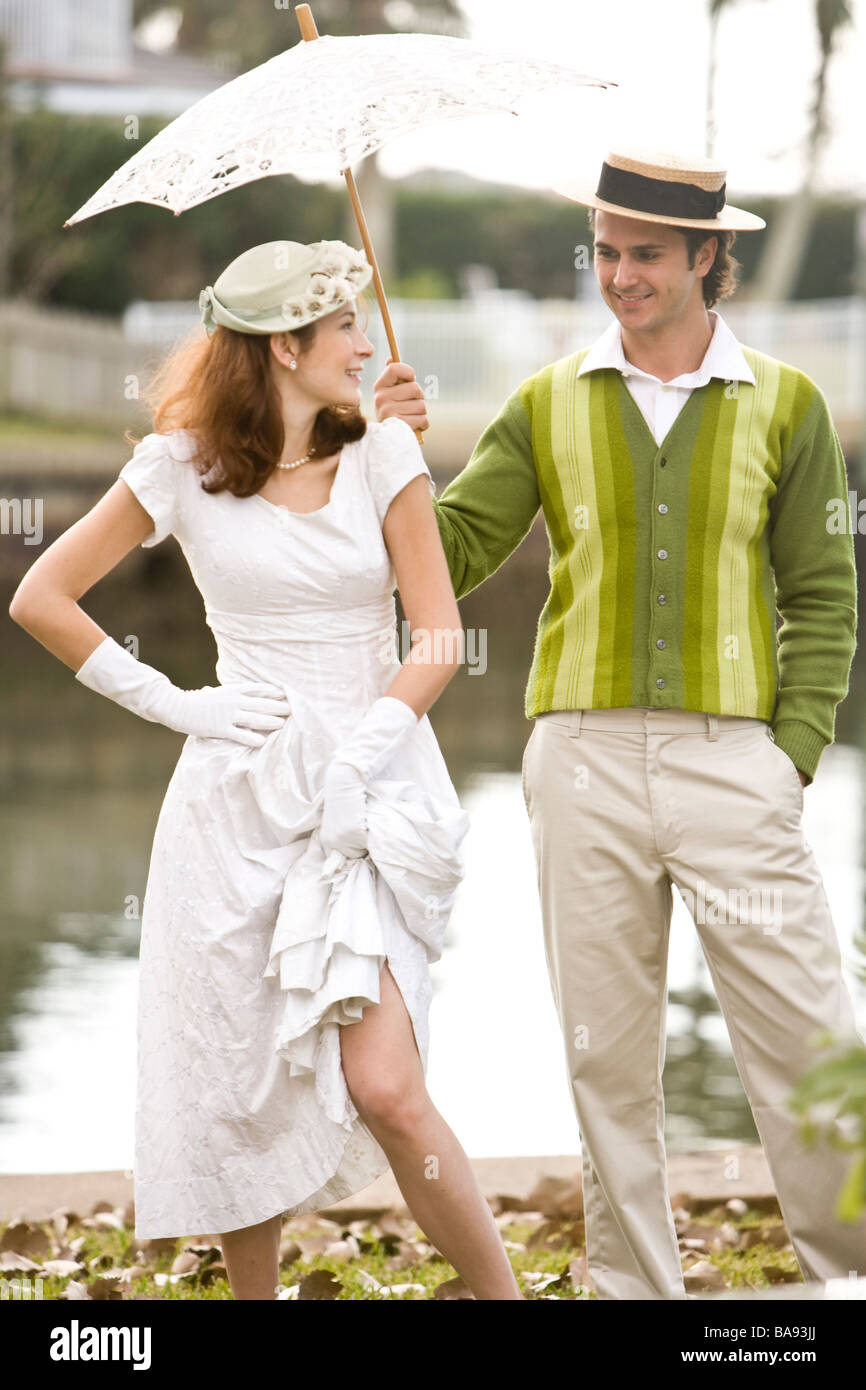

After the outbreak of World War II, the duke accepted a position as liaison officer with the French. Wallis was now the duchess of Windsor, but King George, under pressure from his ministers, denied her the title of “royal highness” enjoyed by her husband.įor the next two years, the duke and duchess lived primarily in France but visited other European countries, including Germany, where the duke was honored by Nazi officials in October 1937 and met with Adolf Hitler. A Church of England clergyman conducted the service, which was witnessed by only about 16 guests. On June 3, 1937, the duke of Windsor and Wallis Warfield married at the Chateau de Cande in France’s Loire Valley. Her divorce became final in May 1937, and she had her name legally changed back to Wallis Warfield. Simpson as her divorce proceedings progressed. READ MORE: Why the Royal Family Used to Forbid Marriage After Divorceīy that time, Edward had already left for Austria, where he lived with friends apart from Mrs. That day, the new king made his older brother the duke of Windsor. That evening, the former king gave a radio broadcast in which he explained: “I have found it impossible to carry on the heavy burden of responsibility and to discharge the duties of King, as I would wish to do, without the help and support of the woman I love.” On December 12, his younger brother, the duke of York, was proclaimed King George VI. The next day, Parliament approved the abdication instrument, and Edward VIII’s 325-day reign came to an end. With no resolution possible, the king renounced the throne on December 10. The next day, the scandal broke on the front pages of British newspapers and was discussed openly in Parliament. He proposed a morganatic marriage, in which Wallis would be granted no rights of rank or property, but Prime Minister Stanley Baldwin rejected this as impractical on December 2. Winston Churchill, then a Conservative backbencher, was the only notable politician to support Edward.ĭespite the seemingly united front against him, Edward could not be dissuaded. To the Church of England and most British politicians, an American woman twice divorced was unacceptable as a prospective British queen. Simpson obtained a preliminary decree of divorce, presumably with the intent of marrying the king, precipitating a major scandal. Simpson was reported in American and continental European newspapers, but due to a gentlemen’s agreement between the British press and the government, the affair was kept out of British newspapers. Unfazed, she asked her host why he kept the dungheap in such an odd place.The new king proved popular with his subjects, and his coronation was scheduled for May 1937.

She once turned up barefoot at a country-house party, having mistakenly driven to the back entrance and stepped into a dungheap. When Waugh asked to visit, she cabled back: ″O Yes Please Stitch.″ Lady Diana was known to dodge traffic by driving on the sidewalk. Stitch accidentally driving her car down the stairs of a public toilet in ″Scoop,″ he was drawing on reality. Her quintessentially English eccentricity endeared her to her country. She was a friend of the royal family and was close to King Edward VIII and Wallis Simpson, the American divorcee for whom he gave up his throne. She had a brief but spectacular career on the stage and screen in the 1920s, appearing in New York in a pageant called ″The Miracle.″ But their marriage survived happily until Cooper, by then a war hero, lord and accomplished diplomat, died in 1954. In 1919, to her family’s annoyance, she married Duff Cooper, an obscure Foreign Office clerk. But the strongminded young woman had plans of her own. Her family hoped she would marry the Prince of Wales. But her stunning blue eyes, fragile features and flawless eggshell complexion, along with her effervescent personality, soon singled her out on the 1920s social scene. She had the privileged upbringing of the English upper classes. 29, 1892, to the 8th Duke of Rutland and his wife Violet Lindsay, an artist and one-time Woman of the Bedchamber to Queen Victoria.

She was born Diana Olivia Winifred Maud Manners on Aug. To the Times of London, in its obituary, she was ″the vital spirit of a vanished age.″


 0 kommentar(er)
0 kommentar(er)
